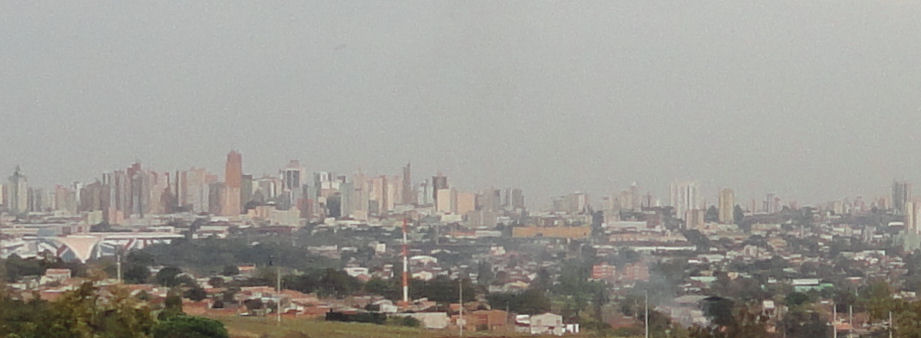
Londrina, a city of about a half a million with two million in the metro area, was founded by British settlers in 1934, so the city is not very old. The region was settled primary by German, Italian and Japanese immigrants and this is reflected in the look of the city’s population today. Brazil is a very diverse country. This part of it could be Europe with some Japan. There were lots of Japanese restaurants and the monument pictured along side commemorating the colonization. It was once the center of a near mono-culture coffee producing region. This changed in 1975 when a devastating frost wiped out around 70% of the crop. They have since diversified.
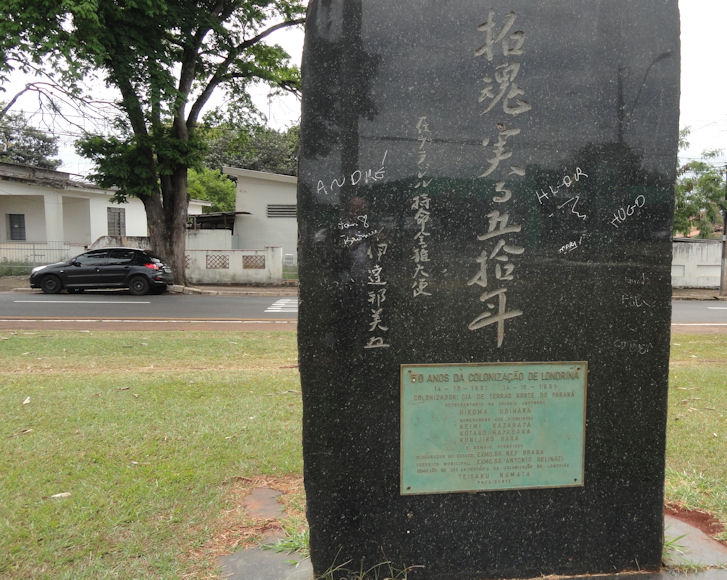
I got to experience a wider variety of weather here than I get to see in Brasília. I arrived to a hot and dry day. I was told that weather this year was variable and that it had been near zero degrees only a few days ago. But this was a dry season. It had not rained for more than a month and it was uncomfortably warm the next morning, but around noon the wind shifted. A cooler wind blew and it rained by the end of the day. Now it is a little cold and rainy. The impression of the city is very different.
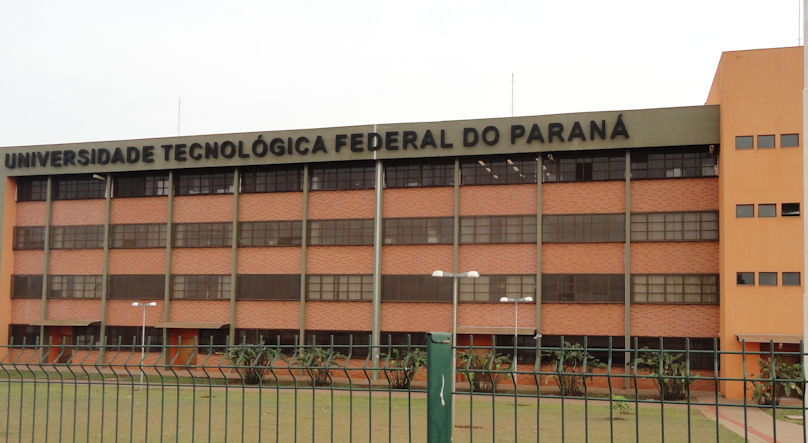
I visited the Federal Institute of Technology and then spent most of the day at the BNC, talking to several classes of students. It was interesting. Talking to small groups used to be a big part of my work, but I don’t do them very much anymore and I miss them.
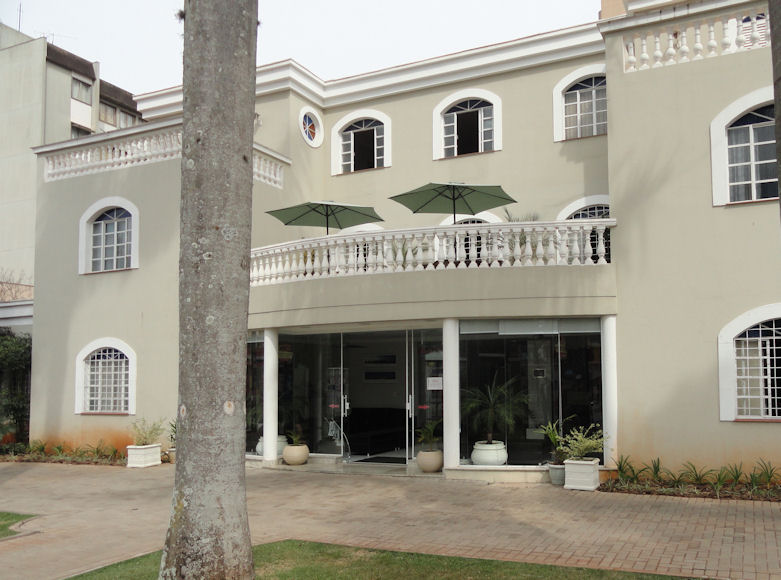
In the evening, I made brief remarks at the opening of a new addition at the BNC and did an interview for local TV. They had a jazz band you can see below. The BNC is above. A good time was had by all.
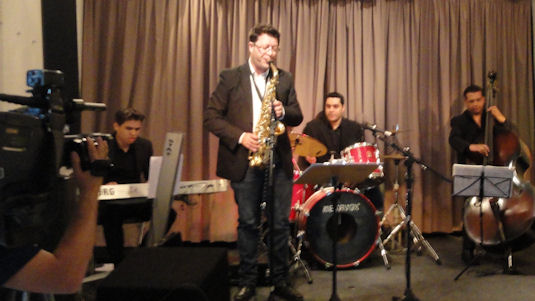
On Tuesday, I met with Dean of the Universidade Estadual de Londrina (UEL – pronounced well) the Paraná state university in Londrina, along with the person in charge of Science w/o Borders and a local journalist who interviewed me for the university newsletter. They were happy that we came to visit them in Londrina and that we were trying to get out of the Rio, São Paulo, Brasília triangle.
Science w/o Borders is working well for UEL. The students who came back from the U.S. were universally delighted with their experience. They came back changed for the better, the director said, and their impact on the university will be positive.
We talked about our visions for the future and they were very much shared. We all understand that SwB is a great thing, but that it will not last forever and that the sustainable future lies in connecting American with Brazilian institutions. The Dean said she was interesting in contact with all sorts of American universities, but thought that something with a public research land-grant institution would be the best fit for UEL, which is very much like a land-grant institution. She talked about an umbrella agreement that would cover lots of areas. UEL already has many MOUs with universities on specific issues. She understood that the role of the Embassy and the USG is to facilitate relationships, not to create them, but also understood that because of our work and contacts with Brazilian and American institutions we could be very helpful in making that happen.
I was thinking about innovation. What is innovation and where does it come from? It is far to complicated to discuss it well here, but an important part of innovation is the process of connecting, connecting people and ideas in novel ways that produce results better than the sum of the parts. I don’t think you can create innovation, but you can create conditions that permit and courage innovation. One of the ways this can be done is by getting around, meeting and connecting people. That is a big part of our diplomacy, especially related to education.
